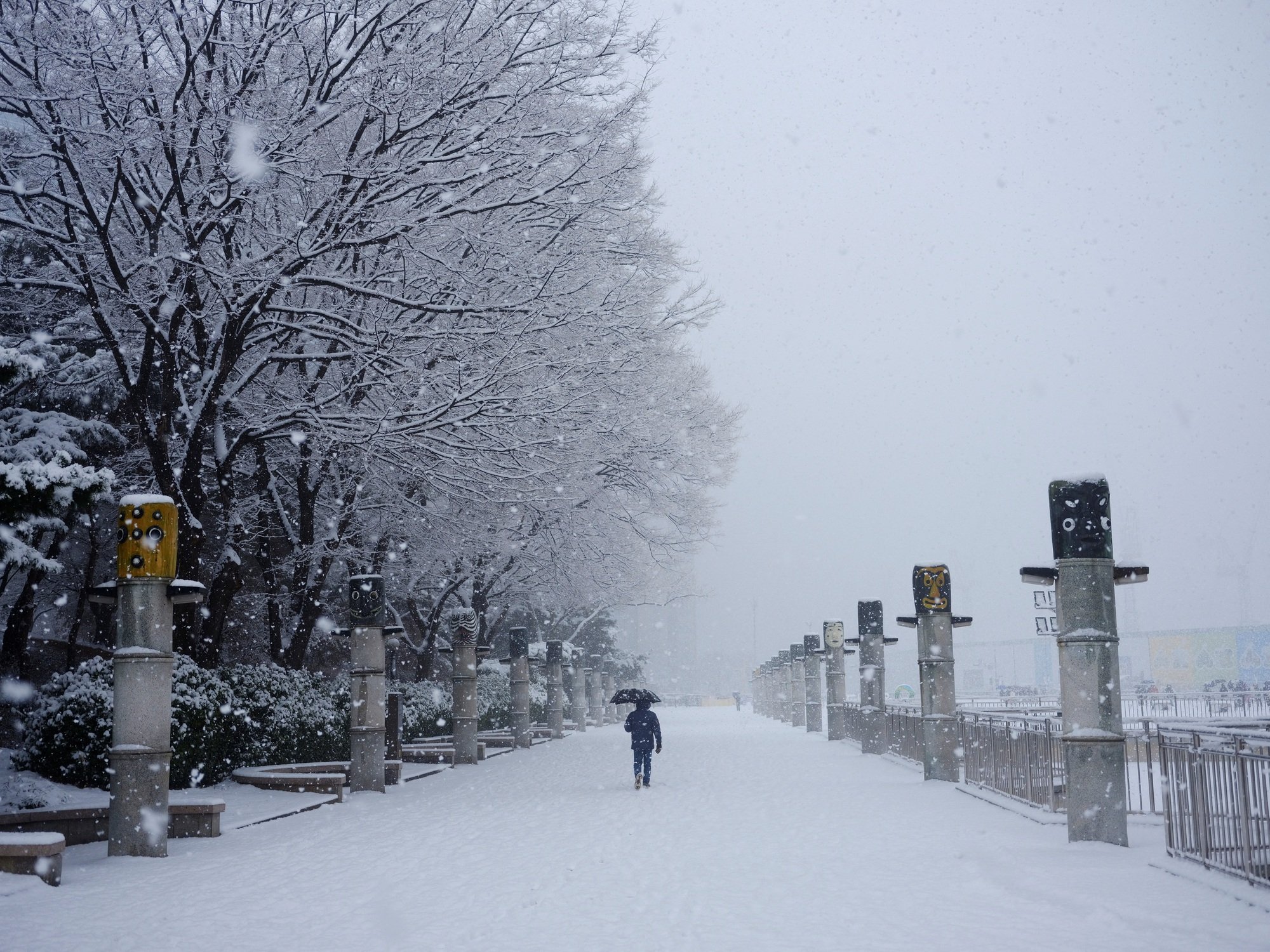
Heavy snow falls at a park in Seoul on December 30.
Yonhap news agency reported that the South Korean capital Seoul received the heaviest snowfall in December since 1981, with a thickness of more than 10 cm on December 30 and forecasts that snow will continue to fall in many places across the country before the New Year.
Heavy snowfall advisories have been issued for the entire capital Seoul except the southwest, as well as parts of Gyeonggi Province and most of Gangwon Province in the east, according to the Korea Meteorological Administration.
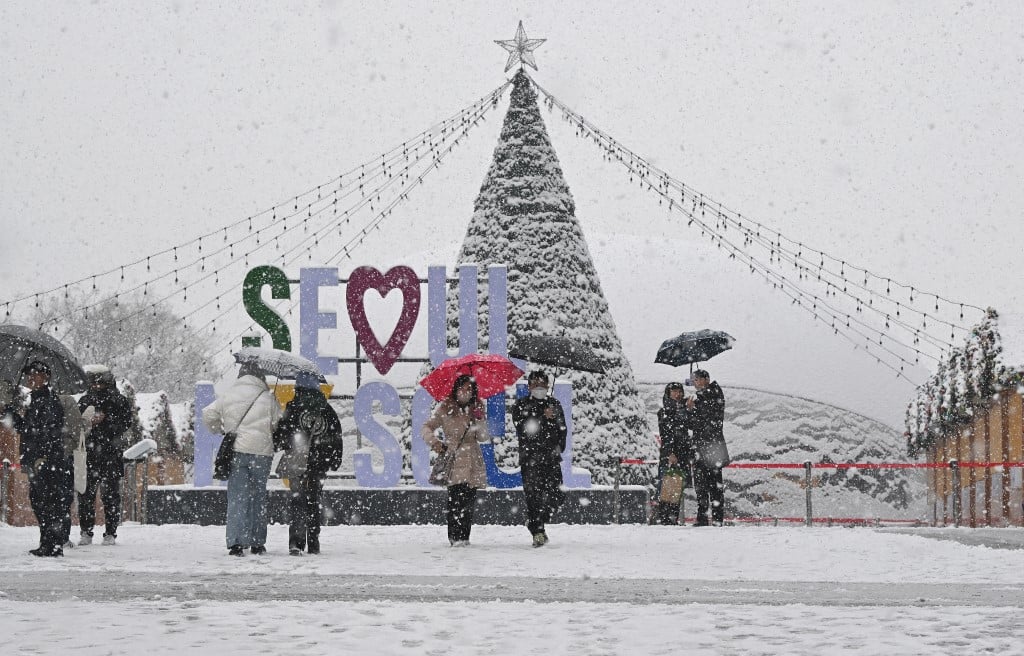
Gwanghwamun Square in central Seoul covered in snow
As of 4 p.m. local time, a snow advisory was still in effect in many areas of Gangwon, with snowfall rates ranging from 1 to 4 centimeters per hour. The advisory is issued when 5 centimeters or more of snow is expected to fall within 24 hours. Previously, on December 19, 1981, Seoul saw a record 18.3 centimeters of snowfall.
The Seoul Metropolitan Government has deployed 4,689 personnel and 1,218 pieces of equipment to clear snow in the capital. The snowfall has led to minor traffic accidents across Seoul. A five-lane road in Seoul and several other roads have been closed to traffic.
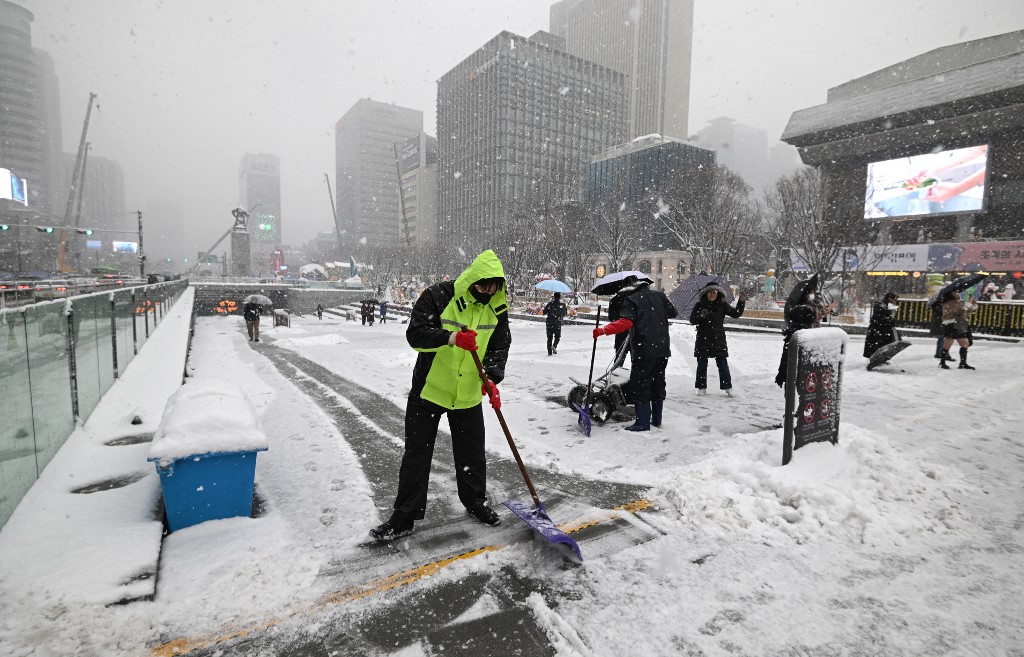
Workers clear snow at Gwanghwamun Square
Light rain of less than 0.1 mm or snowfall of less than 0.1 cm is forecast in eastern areas of Gyeonggi Province and South Chungcheong Province, the weather agency said.
On December 31, the meteorological agency forecast cloudy skies across the country with rain or snow in the morning and a possibility of heavy snowfall in coastal areas of Gangwon Province in the afternoon.
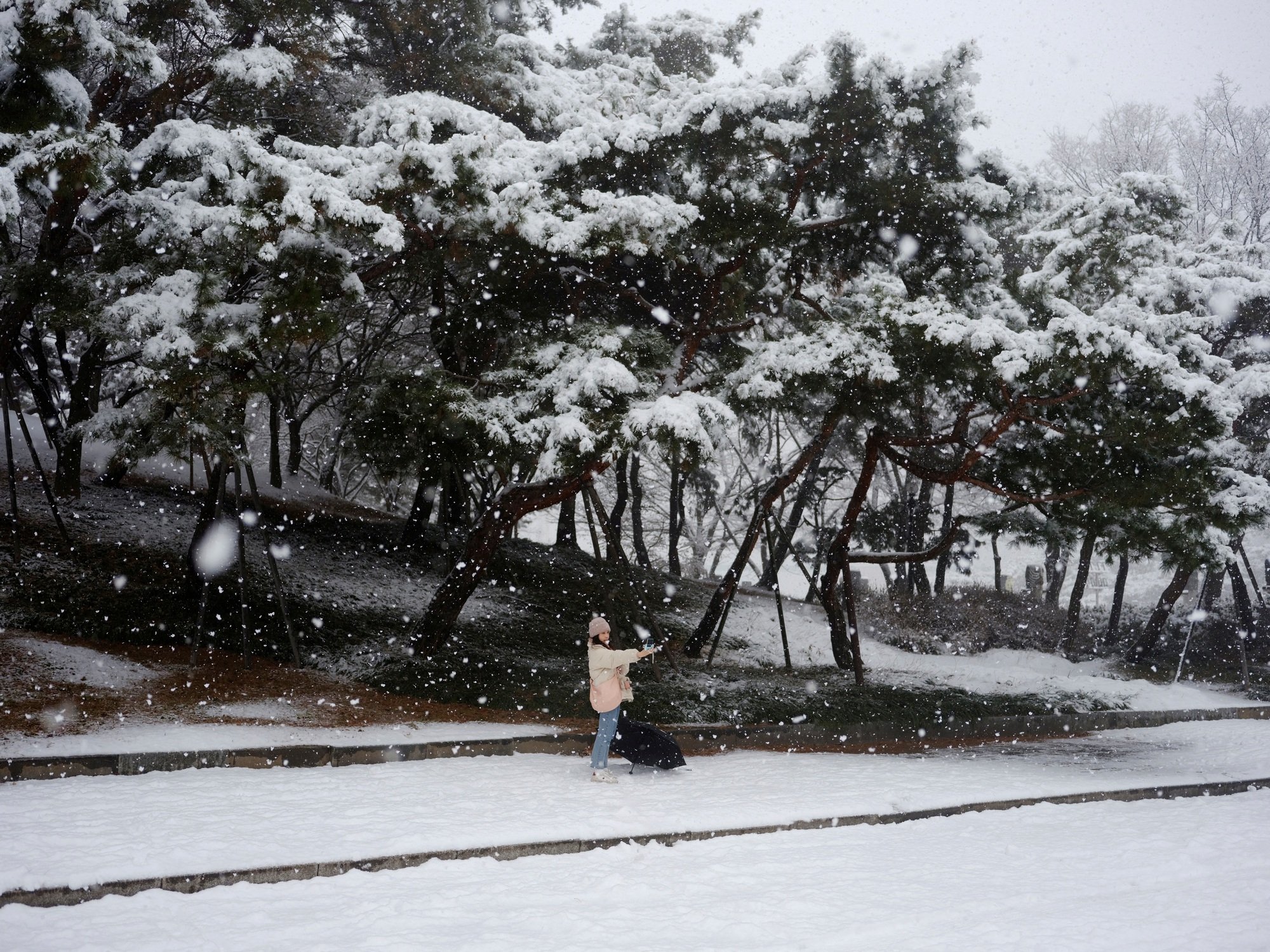
A woman takes a photo with snow at a park in Seoul.
Earlier, the coldest weather this winter in Korea hit a record on the morning of December 22, with temperatures below minus 20 degrees Celsius in some areas in Gangwon Province, causing traffic jams and disrupting daily life across the country.
Low temperatures also brought snow to the southern tourist island of Jeju and the west coast of South Korea.
Source link




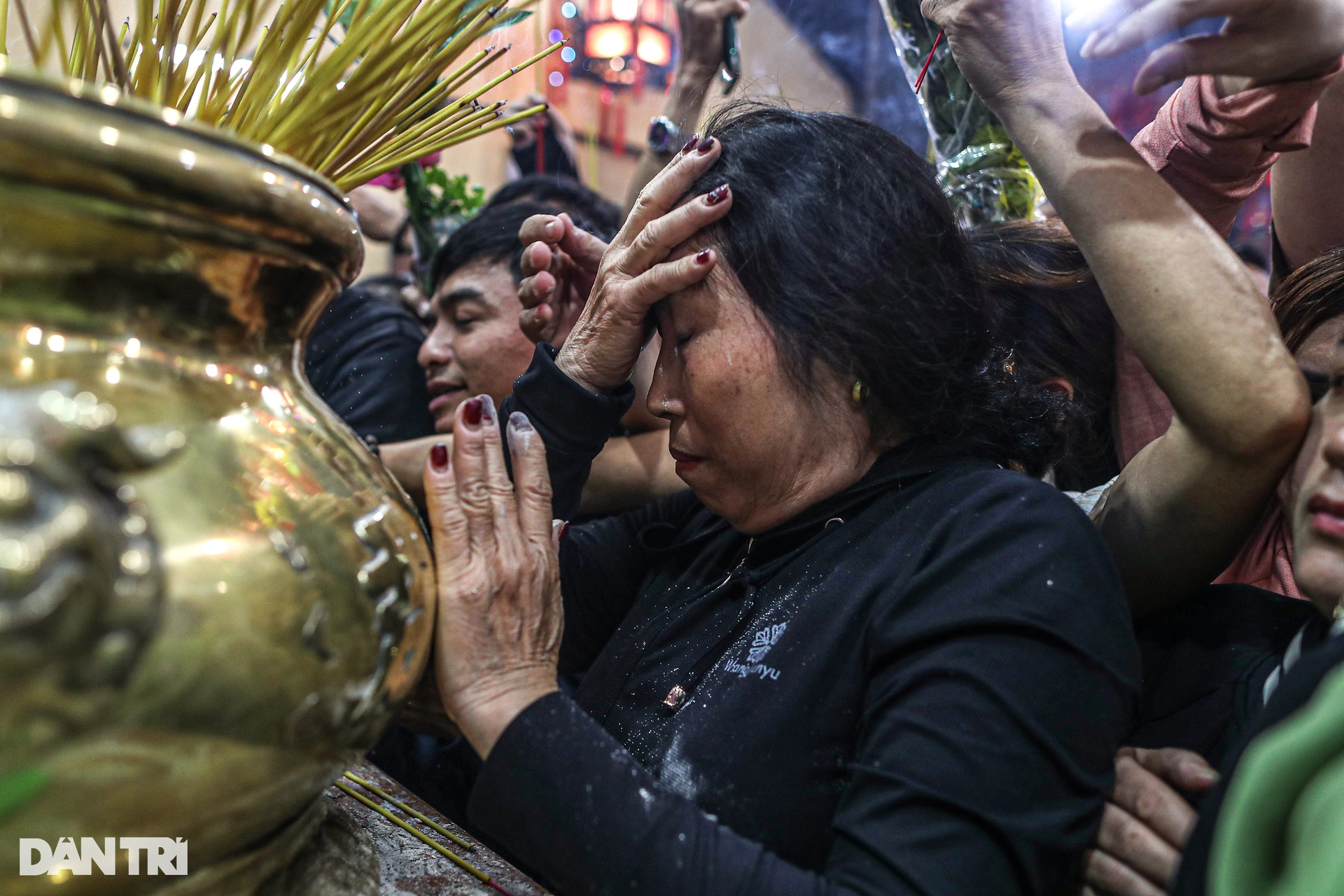

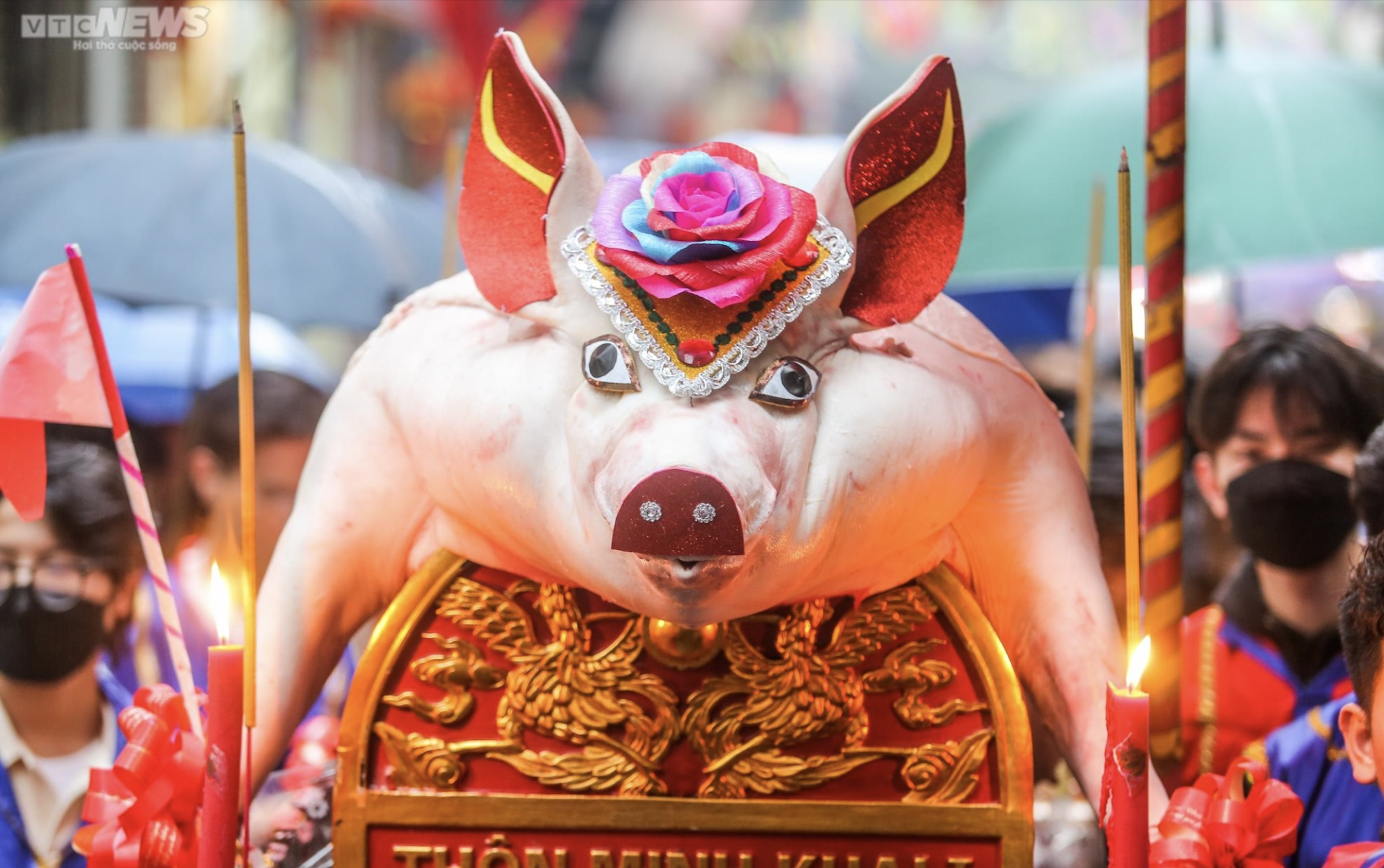

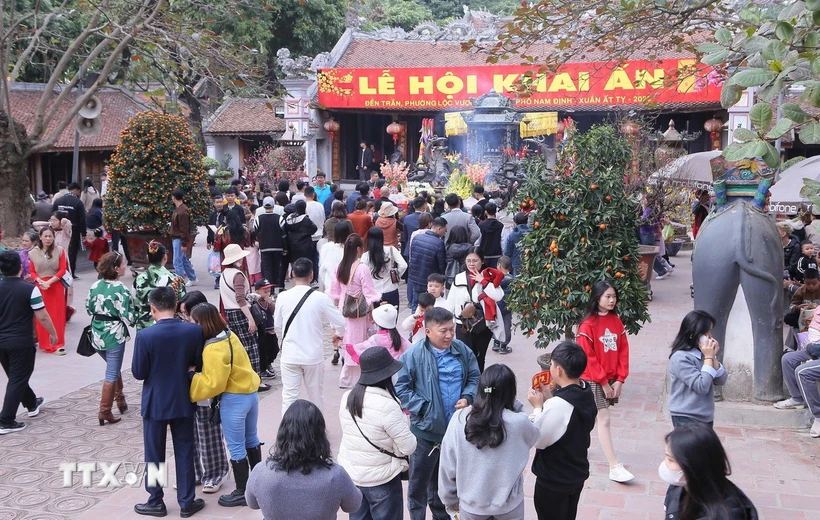
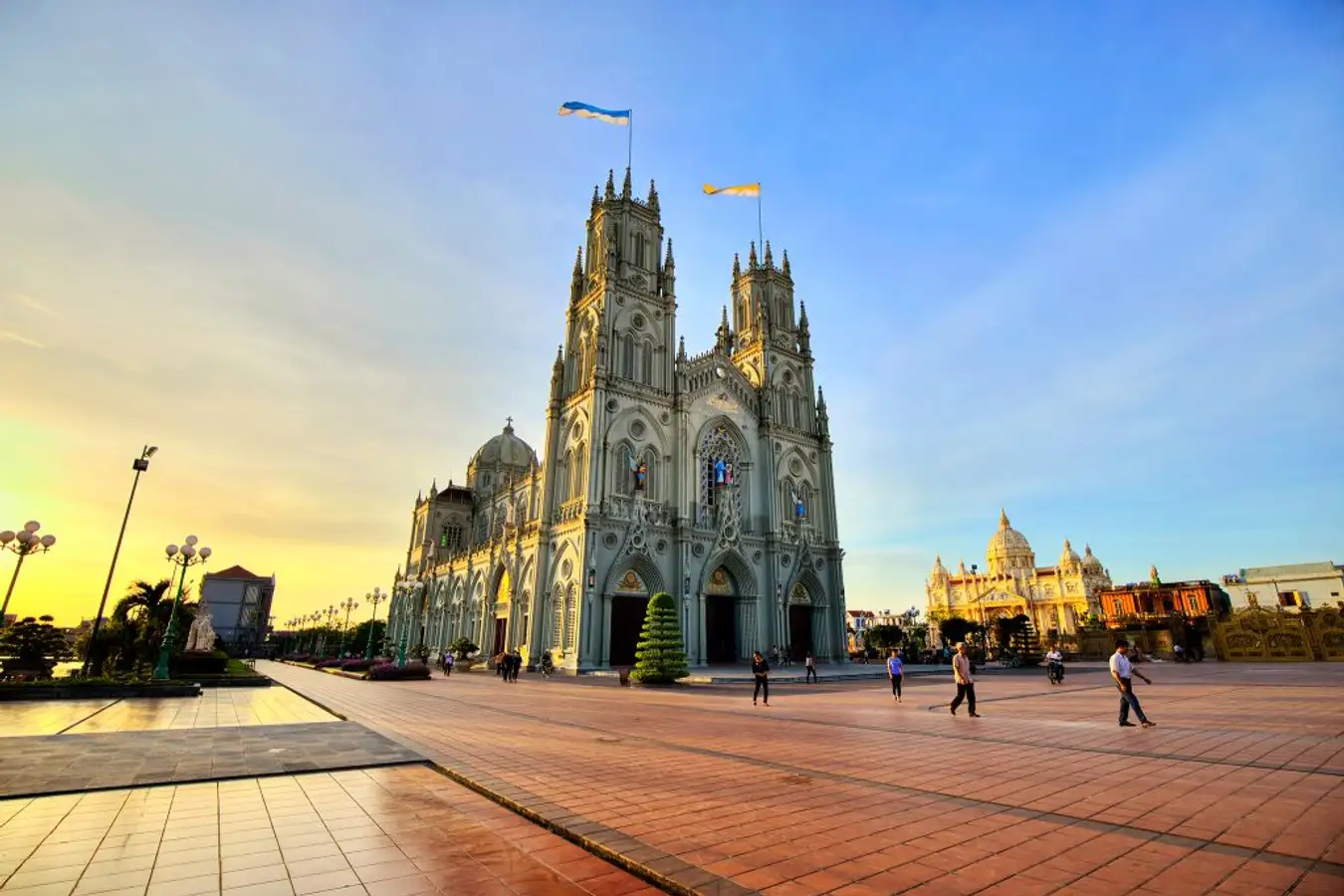






















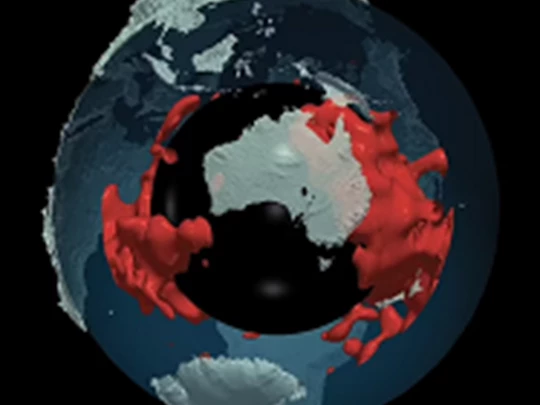






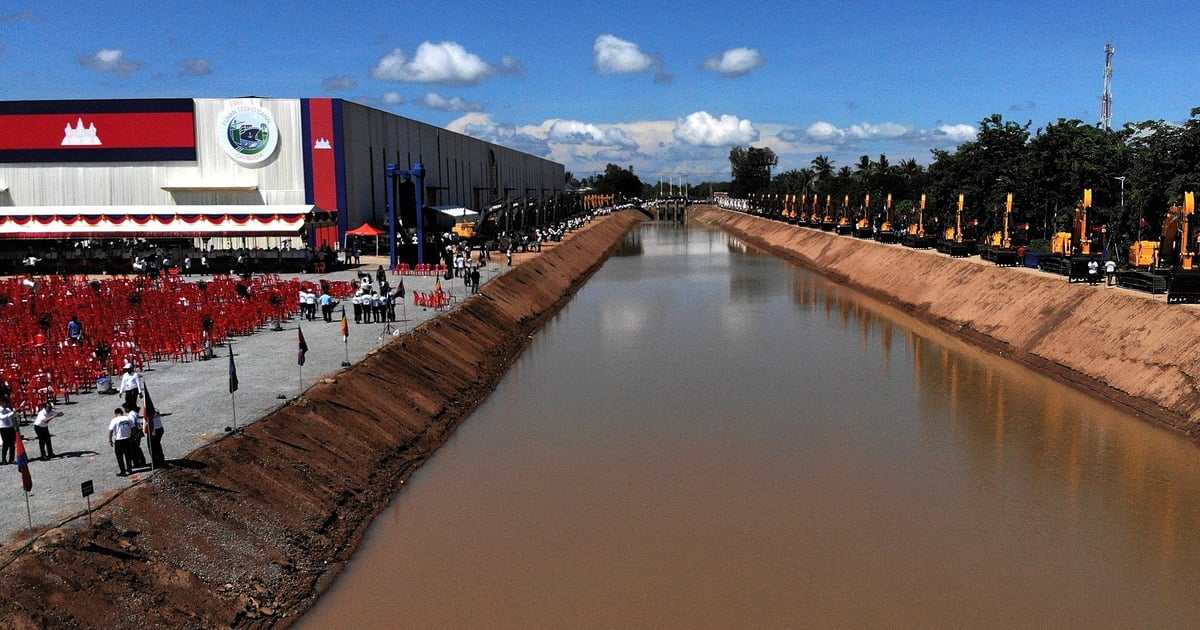




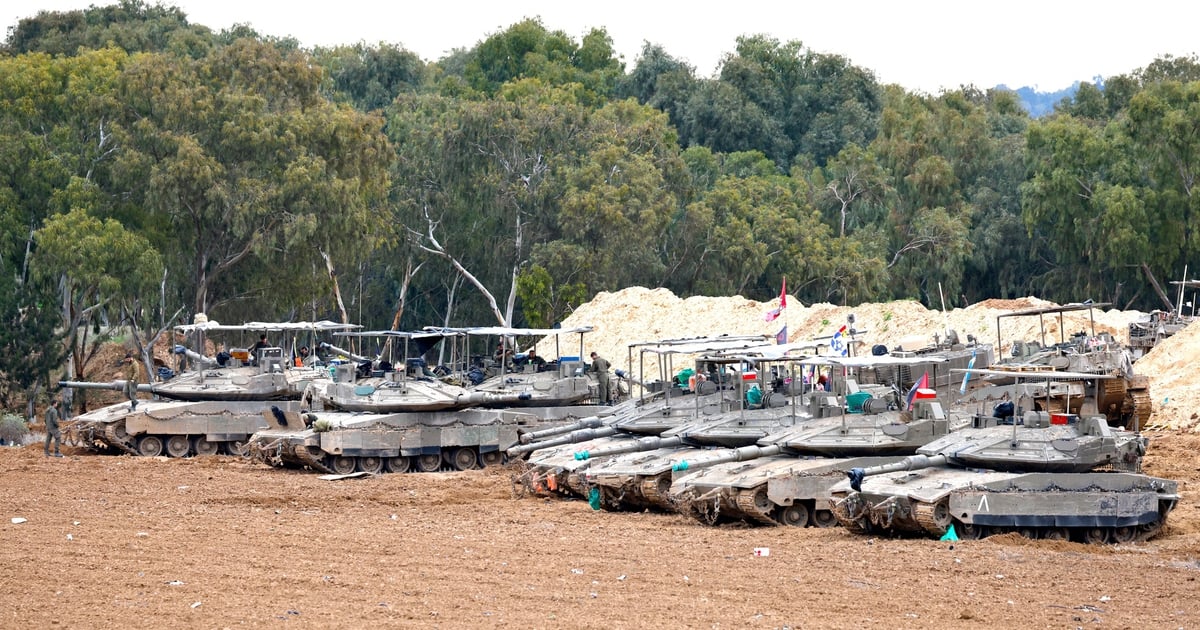
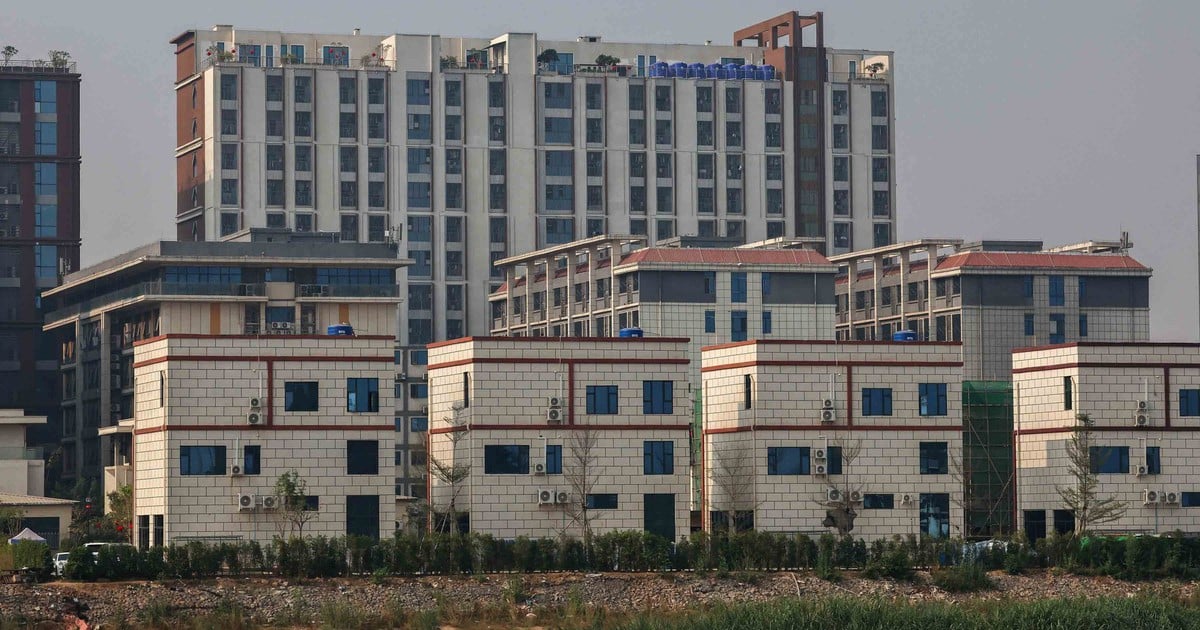
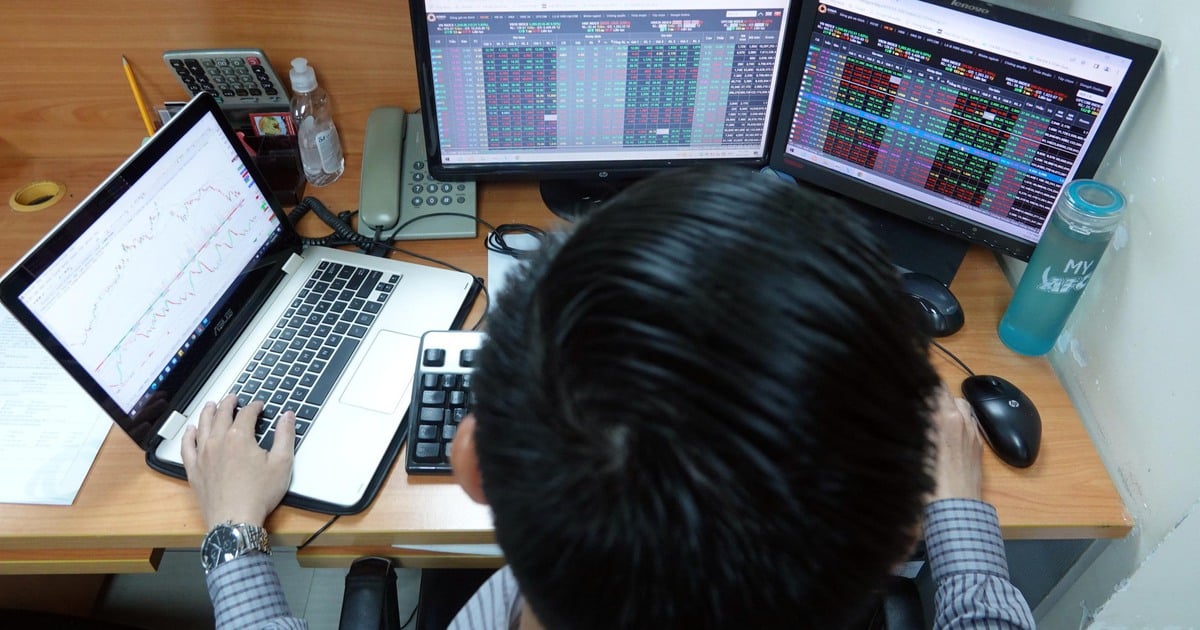















Comment (0)